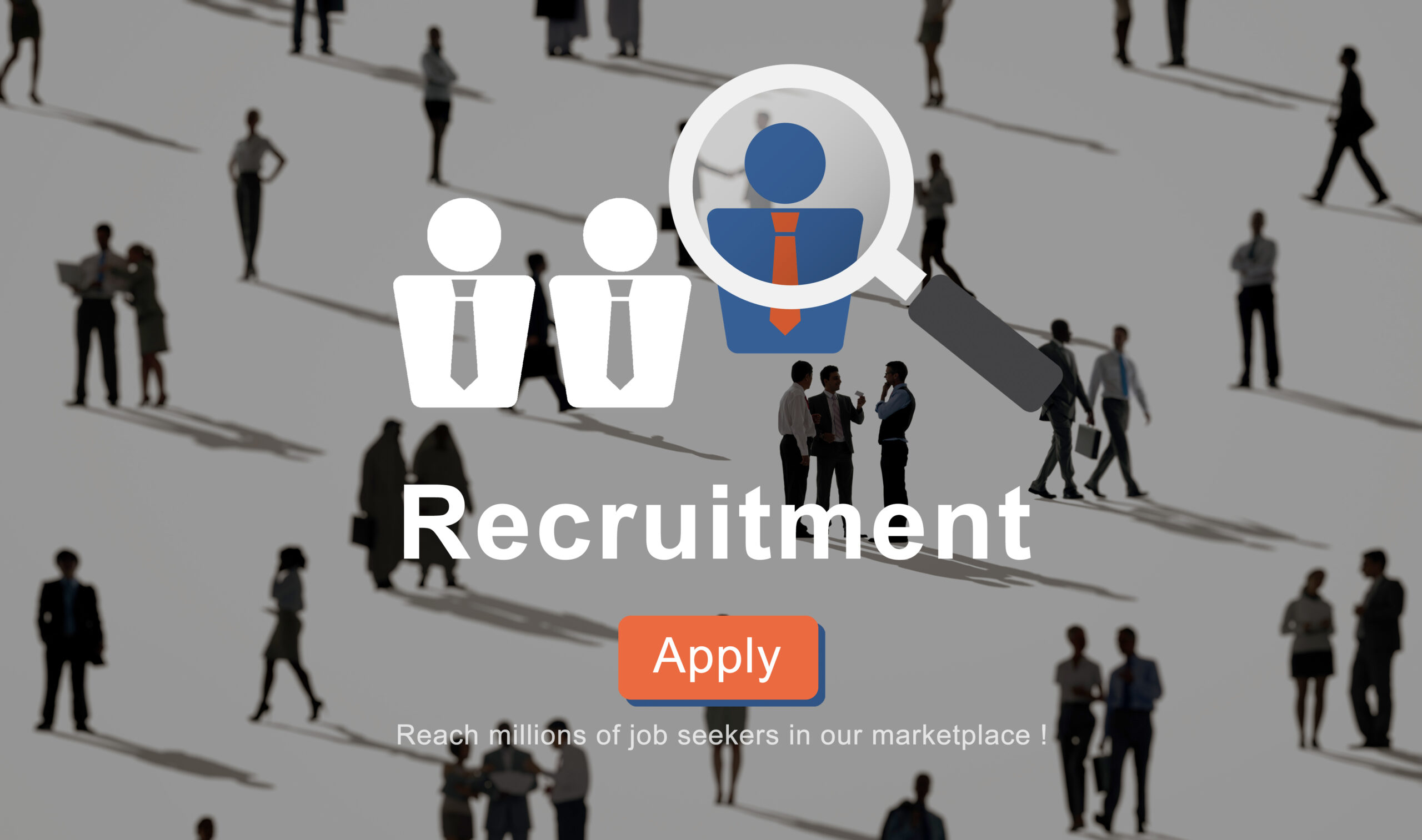Running a business smoothly requires more than just managing operations or delivering great products. One of the most important assets in any company is its people. Hiring, onboarding, managing, and retaining the right talent can determine the success or failure of a business. This is why investing in a human resource management system is not just smart—it’s necessary in today’s work environment.
This article explains what a human resource management system is, why your business should use one, and how it can help your organization save time, reduce errors, and grow faster.
What Is a Human Resource Management System?
A human resource management system (HRMS) is software that helps businesses manage all aspects of their employee-related processes in one place. From recruitment to payroll to performance tracking and compliance, an HRMS streamlines the work of HR departments and managers.
It replaces manual spreadsheets, paper files, and outdated systems with a digital platform that offers better accuracy, security, and speed.
Key Features of a Good HRMS
While different platforms offer different tools, here are the common features you’ll find in most quality HRMS software:
1. Employee Database
Stores all employee details securely including name, contact, joining date, job role, etc., and can be accessed anytime.
2. Attendance & Leave Management
Tracks when employees check in and out, monitors leaves and holidays, and automates calculations for salary deductions or compensations.
3. Payroll Integration
Generates salaries based on attendance, tax deductions, bonuses, etc., and allows easy payment processing.
4. Recruitment Management
Handles job postings, applicant tracking, interview scheduling, and final hiring processes in one place.
5. Performance Tracking
Helps HR teams evaluate employee performance, set KPIs, and generate reports for promotions or appraisals.
6. Compliance Support
Keeps your HR practices aligned with labor laws, tax rules, and government regulations to avoid penalties.
Why Your Business Needs an HRMS
Let’s understand the core reasons why adopting a human resource management system is a smart move for businesses of all sizes:
1. Saves Time and Effort
Manually managing attendance, payroll, and employee files takes a lot of time. HRMS software automates these repetitive tasks so your HR team can focus on more strategic work. For example, instead of calculating salaries manually, the system does it in a few clicks.
2. Reduces Errors
Mistakes in payroll or employee records can lead to unhappy staff and even legal troubles. An HRMS minimizes human errors by using automated data entries, alerts, and accurate calculations.
3. Improves Employee Experience
When employees have access to their attendance, leave balance, and salary slips through a self-service portal, it builds transparency and trust. It also reduces the back-and-forth between HR and employees.
4. Better Decision Making
An HRMS collects data on hiring trends, employee turnover, training results, and more. Business leaders can use this data to make better decisions about recruitment, salary revisions, or organizational planning.
5. Supports Remote Work
In the current hybrid work model, managing employees from different locations is a challenge. A cloud-based HRMS allows HR teams and managers to track performance, manage shifts, and approve leaves from anywhere.
6. Keeps Your Business Compliant
Labor laws and tax regulations often change. A good HRMS automatically updates new compliance rules and ensures your business meets them without any manual checks.
7. Cost-Effective in the Long Run
While there is an initial investment, an HRMS saves money in the long term by reducing HR staffing needs, avoiding penalties, and increasing productivity.
Who Can Benefit from an HRMS?
Whether you are a small startup with 10 people or a growing company with 200+ employees, an HRMS can add value. Here’s how different business types benefit:
-
Startups: Helps founders avoid admin overload and focus on business growth.
-
SMEs: Streamlines multiple HR tasks with limited staff.
-
Large Enterprises: Manages complex structures, multiple departments, and locations.
-
HR Agencies: Makes it easier to manage external clients and employees on contract.
Choosing the Right HRMS for Your Company
Not all systems are the same. To pick the right human resource management system for your business, keep these things in mind:
1. Easy to Use
Choose a system that doesn’t require special training. A user-friendly interface ensures quick adoption.
2. Scalable
Your HR needs will grow as your business grows. Pick software that can handle more employees and features when needed.
3. Customizable
Every company has its own policies and processes. A good HRMS should let you tailor features like leave rules, appraisal systems, and work shifts.
4. Secure
Employee data is sensitive. Make sure the HRMS you choose follows strong data protection standards.
5. Integration Capabilities
Your HR software should integrate with accounting tools, biometric systems, and email platforms for smooth functioning.
Future of HR with Technology
As automation and AI continue to grow, HRMS software will become even smarter. Features like AI-based hiring suggestions, predictive employee attrition reports, and chatbots for answering HR questions are being integrated into modern systems.
Businesses that adopt these tools early will stay ahead of the competition and offer better employee experiences.
Final Thoughts
In today’s world, where time, accuracy, and employee satisfaction matter more than ever, having a human resource management system is no longer a luxury—it’s a necessity. Whether you’re facing payroll delays, struggling with employee data, or trying to improve your HR operations, the right HRMS can make a big difference.
